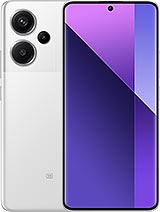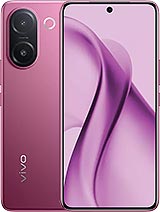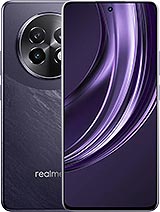Lava Agni 3 alternatives
Tap above to see alternatives.
Realme 14x alternatives
Tap above to see alternatives.
Lava Agni 3

Lava Agni 3
-
Dimensity 7300
4 nm
-
5000 mAh
66W
-
6.78"
1200 x 2652 pixels
-
50 MP
4K@30fps
-
Specs

Realme 14x

Realme 14x
-
Dimensity 6300
6 nm
-
6000 mAh
45W
-
6.67"
720 x 1604 pixels
-
50 MP
1080p@30fps
- Specs
4x2.5 GHz Cortex-A78
4x2.0 GHz Cortex-A55
2x2.4 GHz Cortex-A76
6x2.0 GHz Cortex-A55
8GB 256GB (UFS 3.1)
8GB 128GB (UFS 2.2)
(wide), 1/1.55", 1.0µm, PDAF, OIS
8 MP
(telephoto), 1.0µm, PDAF, 3x optical zoom
8 MP
112˚ (ultrawide)
f/1.8, 27mm (wide), 1/2.88", 0.61µm, PDAF
1080p@30fps
f/2.0, (wide), 1.0µm
(wide)
SIM1: Nano, SIM2: Nano
SIM1: Nano, SIM2: Nano
14 5G bands
n1, n2, n3, n5, n7, n8, n20, n28, n38, n40, n41, n66, n77, n78
9 5G bands
n1, n3, n5, n8, n28, n40, n41, n77, n78
In this performance comparison, the Lava Agni 3 with its Mediatek Dimensity 7300 (4nm) performs better than the Realme 14x with the Mediatek Dimensity 6300 (6nm), thanks to superior chipset efficiency.
Lava Agni 3 launched with Android 14 and will receive updates until Android 17, whereas Realme 14x launched with Android 14 and will get Android 16. Lava Agni 3 will get security updates until 2028 (approx. 4 years), while Realme 14x is supported till 2027.
Lava Agni 3 features a superior AMOLED display, while Realme 14x comes with an LCD panel. Both smartphones offer the same 120 Hz refresh rate. Lava Agni 3 also boasts a brighter screen with 1200 nits of peak brightness, enhancing outdoor visibility. Notably, Lava Agni 3 offers a higher screen resolution, resulting in sharper visuals and more detailed content.
Realme 14x features a larger 6000 mAh battery, potentially delivering better battery life. Lava Agni 3 also supports faster wired charging at 66W, compared to 45W on Realme 14x.
Realme 14x offers better protection against water and dust with an IP69 rating.
¹ Scores can vary even with the same chipset due to RAM, thermals, and software optimization.










